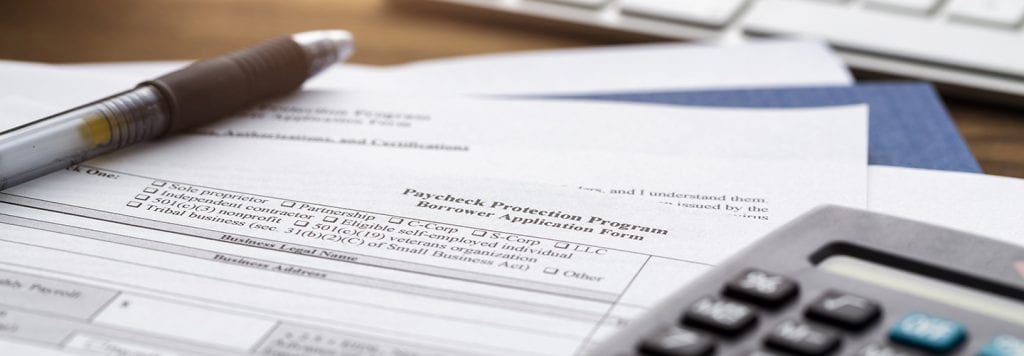
IRS Allows Employers Hurt By COVID Crisis To Use PPP And ERC, With Conditions
The IRS got the month of March off to a good start for businesses that are in need of maximum relief due to the continued impact of the coronavirus pandemic. With the release of Notice 2021-20, the IRS addressed retroactive changes to the 2020 Employee Retention Credit (ERC), which was created by the Coronavirus Aid, Relief, and Economic Security (CARES) Act, and ultimately amended by the Consolidated Appropriations Act of 2021. This guidance, which is similar to information released last year in the agency’s FAQ, clarifies and describes retroactive changes under the new law that apply to 2020. Of notable consideration is the fact that the government agency has determined that the qualified wages paid during the covered period in excess of the minimum amount needed for Paycheck Protection Program (PPP) forgiveness is fair game when it comes to claiming the ERC, which will be incredibly helpful for all businesses that were impacted by the COVID crisis. Simply put, you may not be able to claim both PPP and ERC.
Specifically, the guidance states that an eligible employer is deemed to have made an election not to take into account qualified wages for ERC purposes if those wages were reported as payroll costs on a PPP Loan Forgiveness Application. However, this deemed election only applies to “the amount of qualified wages included in the payroll costs reported on the PPP Loan Forgiveness Application up to (but not exceeding) the minimum amount of payroll costs, together with any other eligible expenses reported on the PPP Loan Forgiveness Application, sufficient to support the amount of the PPP loan that is forgiven.” The guidance also includes numerous examples of the application of this rule, most of which are taxpayer-friendly.
It is important to note that this particular guidance does not take into account the changes that took effect on Jan. 1, 2021, in section 207 of the Taxpayer Certainty and Disaster Tax Relief Act of 2020, which was signed into law on Dec. 27, 2020. Rather, this specific guidance is limited to the 2020 version of the ERC. That being said, the IRS has stated that the modifications made by section 207 of the Relief Act will be addressed in future guidance. So … stay tuned for that.
In the meantime, with regard to your operations in 2020, employers that paid qualified wages after March 12, 2020, and before Jan. 1, 2021, and who experienced a full or partial suspension of operations – or a significant decline in gross receipts – are now eligible to claim the ERC in addition to taking advantage of the PPP. The credit is equal to 50 percent of qualified wages paid, which includes qualified health plan expenses, up to $10,000 per employee in 2020. The maximum credit an employer can claim is $5,000 for each employee.
IRS Notice 2021-20 pertains to all employers, regardless of whether you already applied for and received PPP forgiveness. However, to benefit from this guidance, you will need to work with your CPA to file amended 941 returns to effectively claim the retroactive credits for each quarter. In the meantime, if you have any questions regarding this guidance or would like additional insight into the ERC or PPP, contact a Rea tax professional today.
By Greg Speece, CPA, MT (Dublin CPA Firm)
